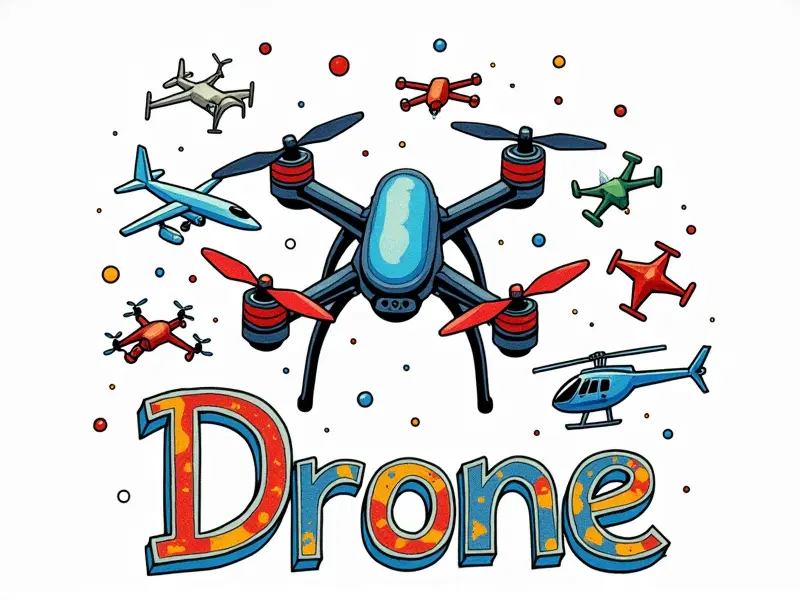RC plane wing type comparison?

RC Plane Wing Type Comparison
When it comes to remote control (RC) planes, the choice of wing type can significantly influence your flying experience. Whether you're a beginner or an experienced pilot, understanding the various options available is crucial for achieving optimal performance and enjoyment. This article delves into different aspects of RC plane wings, including materials, designs, and their impact on flight characteristics.
Foam vs Balsa RC Plane Wings
One of the most fundamental choices when selecting an RC plane wing involves deciding between foam and balsa construction. Foam wings are lightweight and durable, making them ideal for beginners due to their ease of repair and resistance to damage from crashes. On the other hand, balsa wood is a traditional material known for its light weight and strength-to-weight ratio, but it requires more skill in building and repairing.
EPP vs Carbon Fiber Wings Compared
Another critical comparison is between EPP (Expanded Polypropylene) and carbon fiber wings. EPP wings are highly durable and flexible, making them excellent for crash-prone beginners or pilots who frequently fly in windy conditions. In contrast, carbon fiber wings offer superior strength and rigidity, providing better aerodynamic performance but at a higher cost.
Wing Types for Beginner RC Planes
For those new to the hobby, choosing the right wing type is crucial. Foam and EPP wings are generally recommended due to their durability and ease of repair. These materials allow beginners to focus on learning flying techniques without worrying too much about damaging expensive components.
RTF Wing Options Compared
Ready-to-Fly (RTF) RC planes come with pre-assembled wings, simplifying the setup process for newcomers. However, it's essential to compare different RTF options based on wing material and design. Some popular choices include foam wings for their durability and ease of use, while others opt for balsa or carbon fiber for better performance.
Symmetrical vs Cambered Airfoils
The shape of the airfoil (the cross-sectional profile of a wing) plays a significant role in flight characteristics. Symmetrical airfoils are designed to provide similar lift at both positive and negative angles of attack, making them suitable for aerobatic maneuvers. In contrast, cambered airfoils offer higher lift coefficients at lower speeds, enhancing stability during takeoff and landing.
Benefits of Delta Wing Planes
Delta wings are characterized by their triangular shape with a high aspect ratio. These wings provide excellent maneuverability and speed, making them ideal for racing or aerobatic planes. The delta wing design also offers good lift-to-drag ratios at higher speeds.
Choosing the Right Wing Material
Selecting the appropriate material is crucial for achieving desired flight characteristics. Foam and EPP are favored for their durability, while balsa and carbon fiber offer superior strength and rigidity. The choice depends on factors such as budget, intended use, and personal preferences.
Wing Loading Explained
Wing loading is a critical factor affecting flight performance. It refers to the weight of the plane divided by the wing area. Higher wing loading results in faster speeds but may reduce maneuverability and stability during takeoff and landing. Conversely, lower wing loading enhances agility at the expense of speed.
Fixed vs Folding Wing Designs Debated
The decision between fixed and folding wings depends on storage requirements and aerodynamic efficiency. Fixed wings are simpler to build and maintain but may be bulkier for transportation. Folding wings offer compactness, making them easier to store and transport but can introduce additional complexity in design.
Understanding Aspect Ratio in Wings
The aspect ratio of a wing is defined as the square of its span divided by its chord length. Higher aspect ratios generally result in better lift-to-drag ratios, enhancing efficiency at cruising speeds. However, they may compromise maneuverability and stability during sharp turns or sudden changes in direction.
Wing Design Impact on Flight Performance
The overall design of the wing significantly influences flight performance. Factors such as airfoil shape, material composition, aspect ratio, and loading all contribute to how well a plane handles various flying conditions. A well-designed wing can optimize lift, reduce drag, improve stability, and enhance maneuverability.
Conclusion
Selecting the right RC plane wing type is essential for achieving optimal performance and enjoyment in your flying hobby. By considering factors such as material choice, airfoil design, aspect ratio, and loading, you can tailor your aircraft to suit specific needs and preferences. Whether you're a beginner or an experienced pilot, understanding these key aspects will help you make informed decisions that enhance your RC flying experience.

